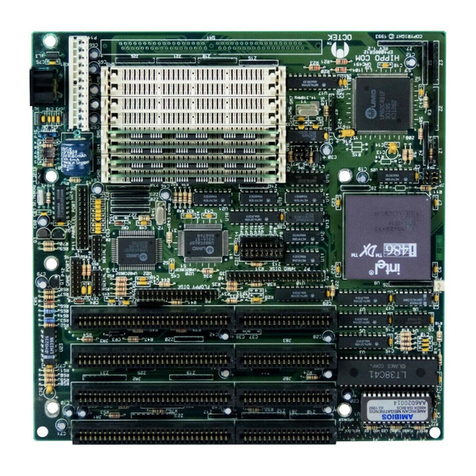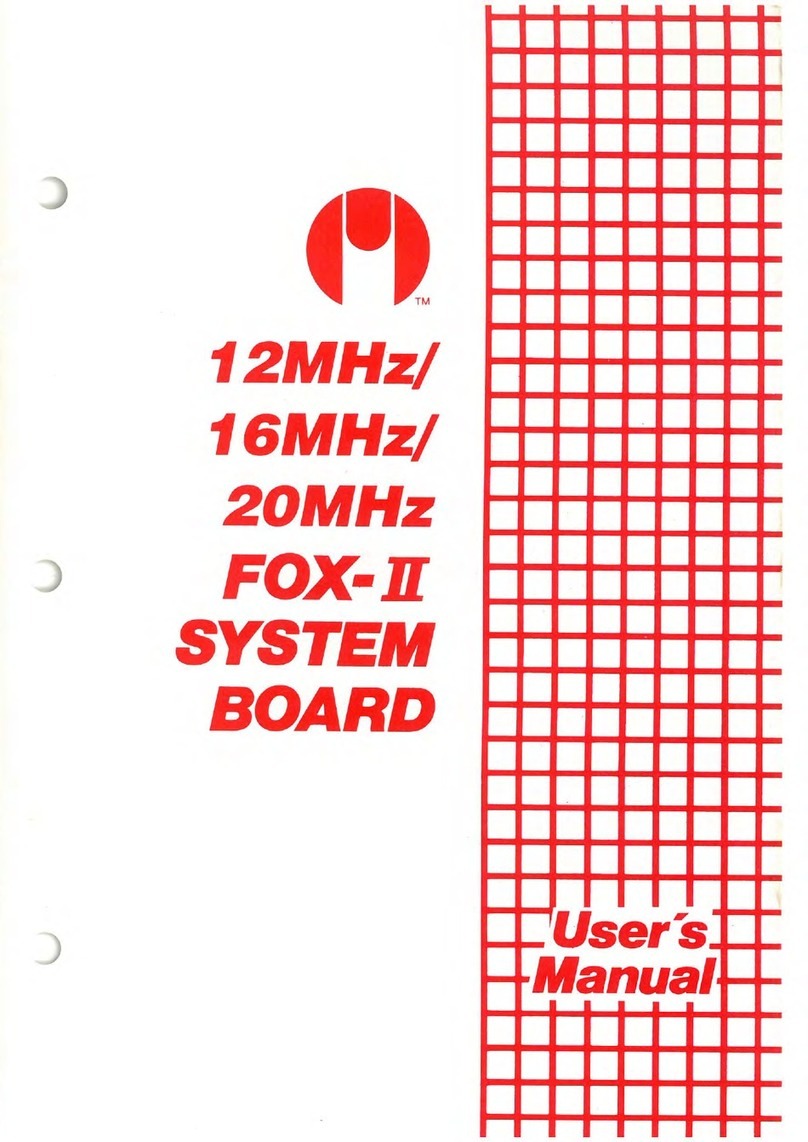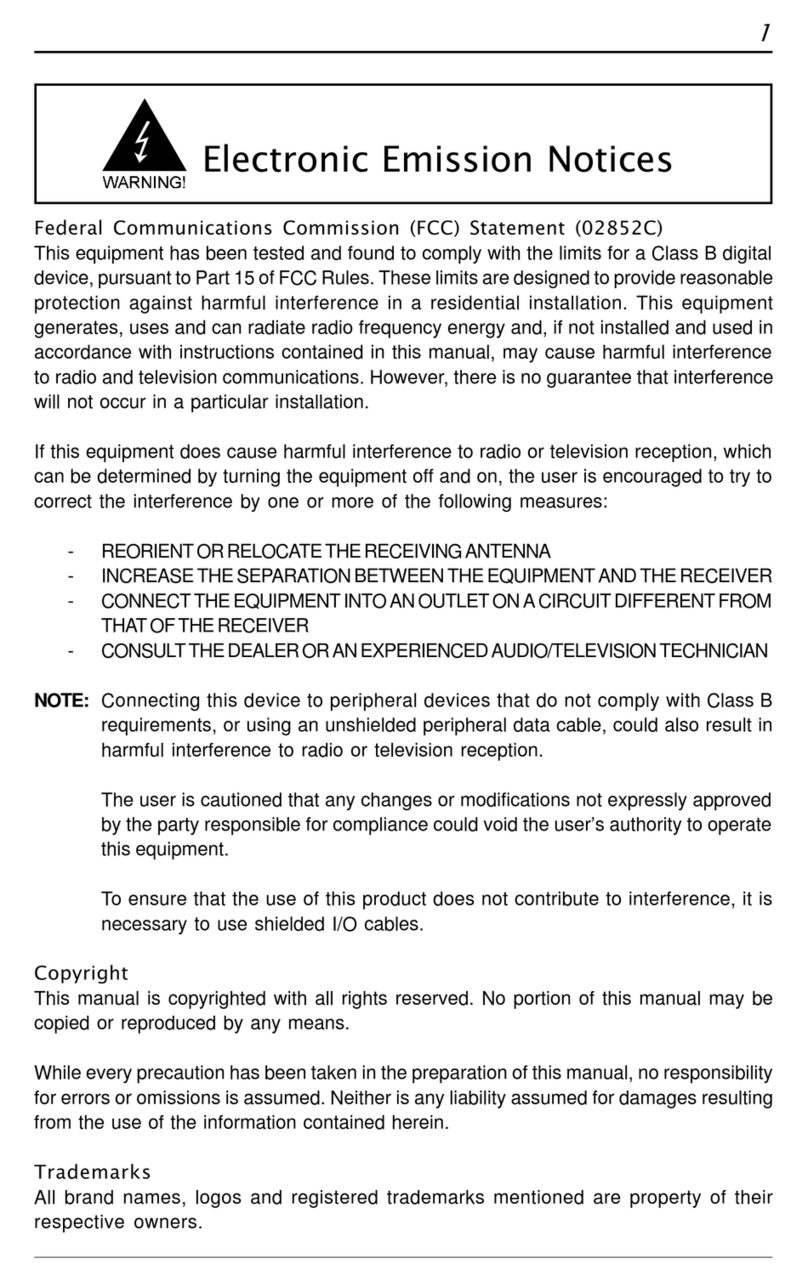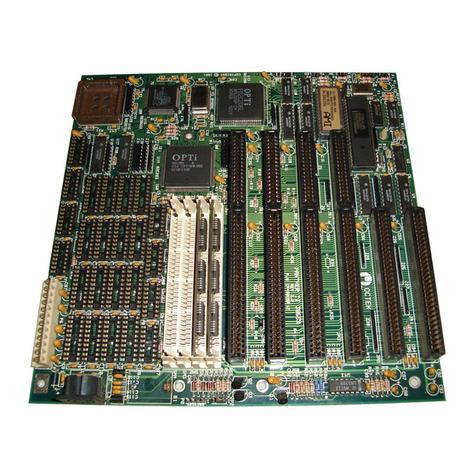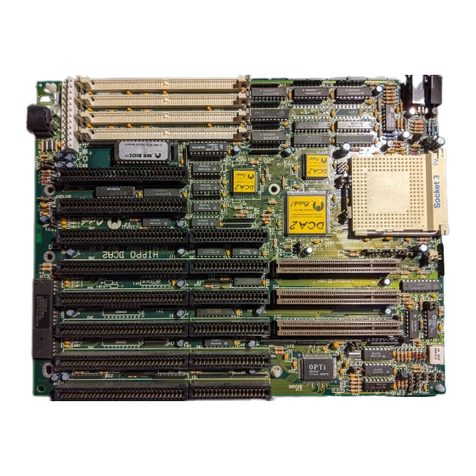Appendix-A: Advanced Technical Information
A.1 Memory Address Map...................................................16
A.2 I/O Address Map ...........................................................17
A.3 I/O Extension Pinout .....................................................18
A.3i 8-Bit ISA Pinout...................................................18
A.3ii 16-Bit ISA Extension Pinout ................................19
A.4 PCI Bus Pinout..............................................................20
A.5 Direct Memory Access Channels..................................21
A.6 DMA Controller Registers ............................................21
A.7 Page Register Address...................................................22
A.8 System Interrupts ..........................................................22
Appendix-B: Connectors Pinout
B.1 Reset Connector (P1).....................................................24
B.2 Turbo LED Connector (P2)...........................................24
B.3 Keylock Connector (P3)................................................24
B.4 Fan Connector (P4)........................................................24
B.5 EPMI/T.B. Switch (P5) .................................................25
B.6 Speaker Connector (P6).................................................25
B.7 Header 7 (P8).................................................................25
B.8 External Battery Connector (P9) ...................................25
B.9 IDE LED Connector (P10) ............................................26
B.10 IDE Connector (P11,P12)..............................................26
B.11 Floppy Connector (P13) ................................................27
B.12 Printer Port Connector (P14).........................................27
B.13 Serial Port Connector (P15,P16) ...................................28
B.14 Power Connector (P17,P18) ..........................................29
B.15 PS/2 Mouse Connector (P19) ........................................29
B.16 Keyboard Connector (KB1) ..........................................29
Appendix-C: Hardware Settings
